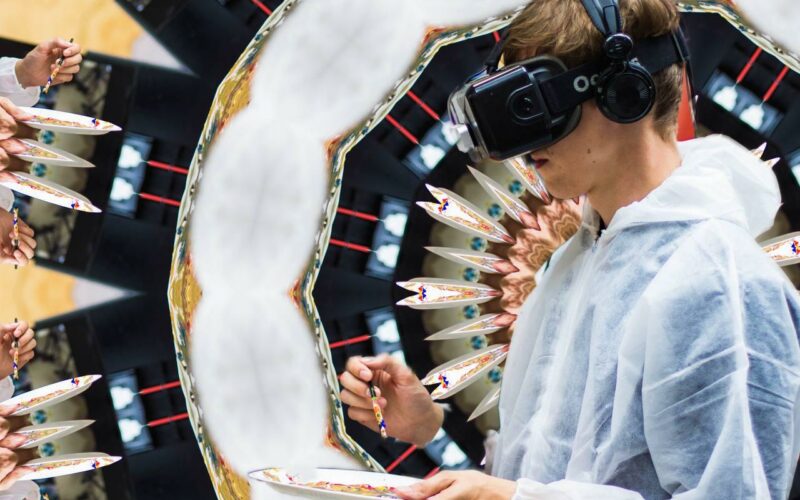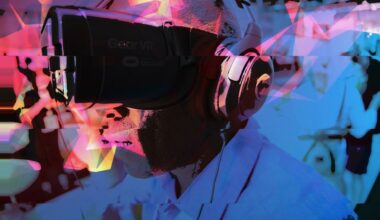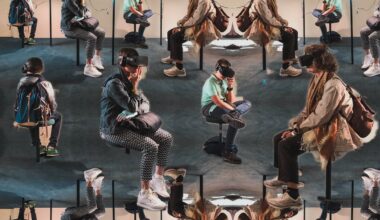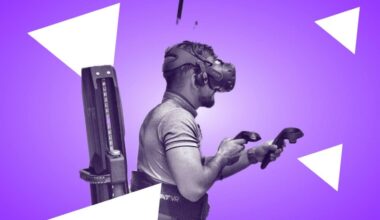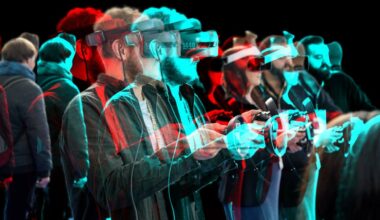Virtual reality is widely considered to be one of the industries of the future. And that’s not by chance.
The interest in VR technology is increasing over the years as the hardware and software used is keep improvising. And that creates an even more pleasant experience for users.
Last year, the technology sector largely benefited from the Covid 19 pandemic as we increasingly relied on our devices to keep in touch with the world in lockdown. This also had its effect on the VR sector as it started growing at a faster pace.
Let’s take a look at some important aspects of the growth of virtual reality.
Virtual Reality Development – Let’s Have Some Insights!
Numbers Behind The VR Development
According to analysis, the worth of virtual reality market segment was $15.81 billion in 2020 and it may continue to grow at 18% from 2021 to 2028. This means that in 8 years, experts expect the market to reach a value of $69.60 billion.
Even though the pandemic influenced ways to create new technologies and showed how valuable VR could become, the revenue of the market fell to $3.89 billion, compared to the revenue reached in 2019 ($4.99 billion).
Now, that’s largely because VR technology is expensive and during the Covid-19 pandemic, most companies aimed at cutting down expenditure and restricting spending.
This is why I expect that as things start going back to normal in 2021, the market will also return close to the high numbers it had in 2019 and reach a revenue of $ 4.84 billion.
Most Sold VR Items In 2020
Even though 2020 wasn’t the best year for the VR market in terms of profit, the numbers can still show us which products became popular and help us understand why.
The Head-Mounted Display, which also goes by the name, HMD was the best-selling item in terms of profit in 2020, getting over 60% of revenue shares during the year.
Experts predict that this trend will continue in the future since VR HMDs are becoming more and more popular due to the significant role they play in delivering training. And as we know, training is one of the primary uses of virtual reality technology in most sectors.
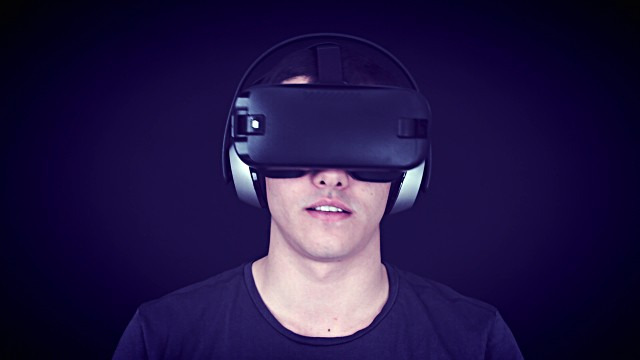
The Gesture-Tracking Device, just like HMD, goes by the name GTD, segment is a reflection of the exponential growth in the space, which may experience a surge of 20% in the upcoming 7 years. Experts believe that the visual gesture recognition technology is getting popular and the demand for it may grow. It will be instrumental in making the VR experience more immersive and the connectivity between technology like computers and humans.
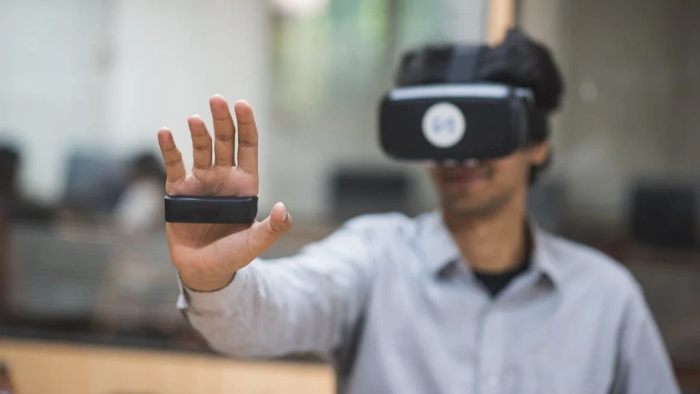
Now that we have reviewed the statistics behind the Virtual reality market, let’s take a look at some of the current trends.
Trends In Virtual Reality
Education And Training
VR technology is becoming a highly popular teaching and training method which is evident from the number of schools, universities, and courses that have begun using it in the past two years.
Virtual reality tech is most widely used in the fields of healthcare, the military, sports, and with good reason.
Along with this, VR allows trainees to be in environments that come close to real-life situations. Isn’t it good? They can learn without going through the risks associated with these fields.
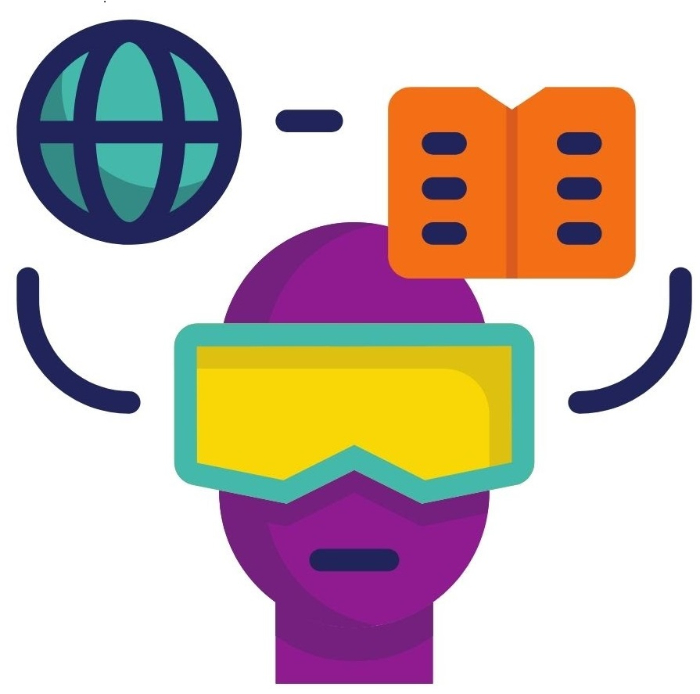
For example, a budding surgeon can “perform” a surgery through VR, learning the process without actually experiencing the fear that he might hurt someone while trying to learn. The same applies to the military where soldiers are able to “participate” in missions and assess different situations without experiencing the risk of dying.
In sports, virtual reality is mainly for honing fine skills in games like basketball, golf, and tennis. The technology is usually either useful for children or athletes that have some injury and can’t participate in the real “physical” game.
Ett spännande område där det också kan tillämpas är i sfären av onlinespel. Med VR kan spelare nu fördjupa sig i en realistisk casinomiljö och spela nya slots som om de vore på ett fysiskt casino.
Travel Experiences
The Covid-19 pandemic left us all staying locked in, at our homes, wishing to be able to travel the world again. And in a way, the virtual reality segment answered this demand by allowing us to virtually visit beautiful places from all across the planet, enjoying the scenery without leaving the comforts of our home.

As virtual travel became more desirable, travel agencies have begun investing in VR technology and offering their customers the chance to visit a destination before paying for a holiday there. Along with that, a lot of travellers use VR to relive their holidays after they’ve returned, as sort of an improvement of the traditional way of using photos to capture memories.
Entertainment
Before hearing about virtual reality, my initial thoughts were about movies, games, and other forms of entertainment. I assumed that was it’s essential use. Nowadays, even though I know more about it, I still can’t underestimate the use of virtual reality technology for entertainment such as high volatility slot machines in VR.
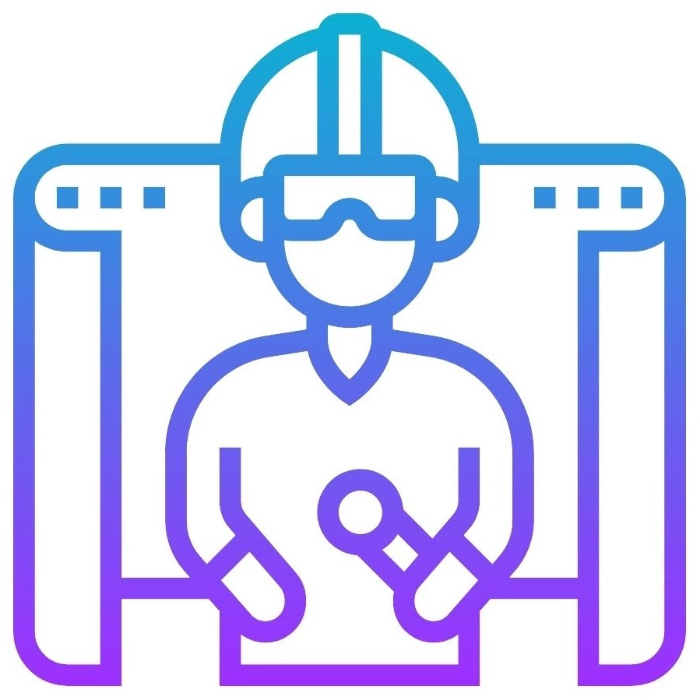
With the recent development of both the software and hardware used to deliver virtual reality games, their popularity is steadily increasing with more immersive and real-life-like experiences. In 2020, we saw the devices get smaller and more convenient to wear and transport, and that naturally led to more interest in virtual reality games. It suggests that the more user-friendly the hardware becomes, the more popular VR will be.
What To Expect from VR In 2021?
Okay, we’ve rounded up the current trends in the VR space, which means that it’s time to talk about what we might expect to happen until the end of 2021.
Facebook Is Looking To Rule The Market
The social media giant has been steadily investing in virtual reality technology for years and has been trying to develop both the hardware and software side. It seems like now they’ve finally reached a point where the world is acknowledging their developments.
For the VR space, this means that it’s very likely that Facebook will begin dominating the market maybe as early as this year, especially when you consider the forthcoming release of the Oculus Quest 2, the first-ever all-in-one virtual reality device.
5G is Expected to Revolutionize The Game
In 2020, 5G emerged in the market. As the usage of this faster and more reliable network expands, experts predict that it will be the key to even more widespread use of virtual reality technology.
That’s largely because a higher speed network will allow a smoother VR experience and reduce high-powered hardware needs. Instead of having it directly on the computer, we can store VR software on a server and use it from there.
Hardware Will Become More Affordable
Due to the increasing demand for virtual reality technologies, numerous companies have begun creating cheaper and more mobile solutions.
It’s believed that it will further increase the popularity of VR tech because a great number of users will be welcomed to the market.
The Bottom Line
To conclude this deep dive into the numbers behind the growth of virtual reality, I will say that the future seems hopeful. Statistics indicate that the number of VR technology users increases every year as more and more applicability is coming up.
With that being said, in order for things to advance to the next level, some already existing technology is still updating.
2021 is planned to be a year where we see a lot of these much-needed developments come to life, including the wide adoption of 5G networks, smaller and more convenient hardware, and of course, more engaging and entertaining software.
